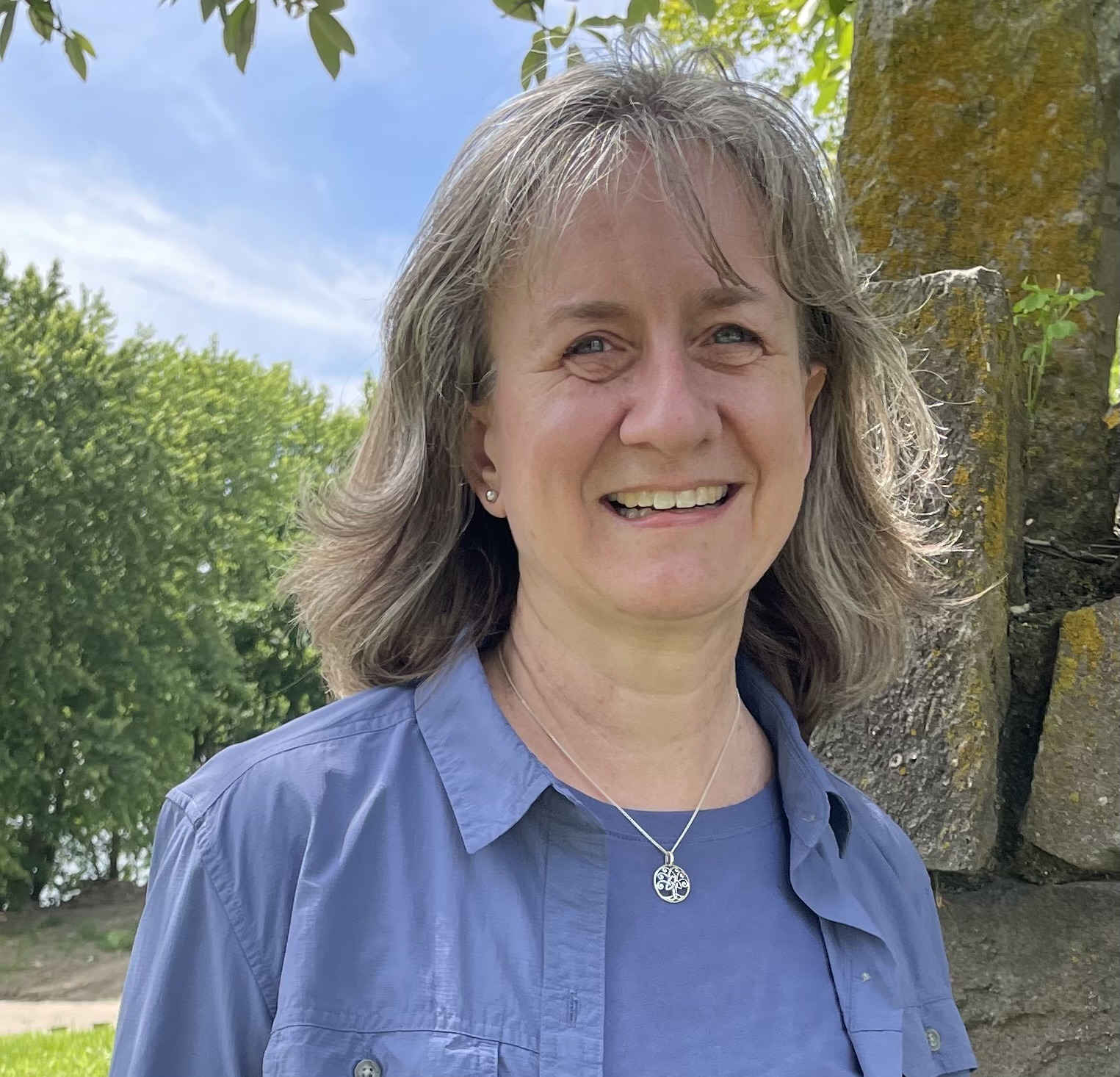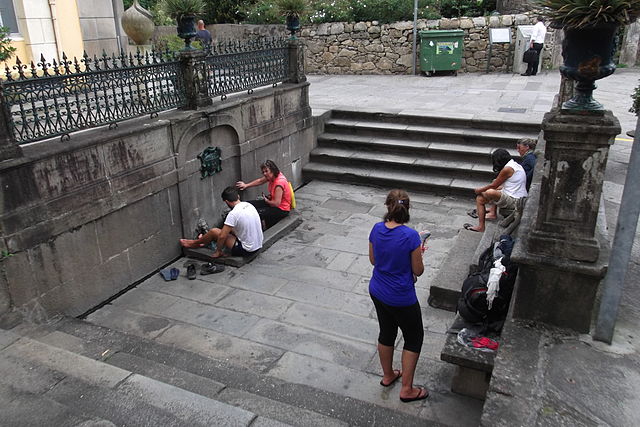He declared to Arioch, the king’s captain, “Why is the decree of the king so urgent?” Then Arioch made the matter known to Daniel. And Daniel went in and requested the king to appoint him a time, that he might show the interpretation to the king.Then Daniel went to his house and made the matter known to Hananiah, Mishael, and Azariah, his companions, and told them to seek mercy from the God of heaven concerning this mystery, so that Daniel and his companions might not be destroyed with the rest of the wise men of Babylon. Daniel 2:15-18 (ESV)
Reflection
As we muddle our way through liminal spaces on the path to a sacred center, especially with others who also see themselves on pilgrimage, not only do we change, but so do our relationships. A unique community arises that focuses on reaching that goal more than remaining within the usual boundaries and edges of social interactions. The lure of such a community often draws people to the academy.
Termed communitas, this community is ‘anti-structural’. In other words, the relations among people are not based on traditional structures of social rank, economic class, or ethnicity, but are free to cross these familiar boundaries. As Victor Turner describes it, communitas “breaks into society through the interstices of structure in liminality; at the edges of structure, in marginality; and from beneath structure, in inferiority” (251). Taking on roles that are different from before entering a time of liminality, pilgrims are open to interacting with people in new ways, often arriving at a renewed understanding of social structures.
Even though the ideal image of the academy is one of communitas, a fairly rigid social structure exists of students, faculty, staff, and administrators – each having their roles. There are good and wise reasons to retain some of the boundaries and authority in order for the institution to function in an orderly manner. However, never breaching these boundaries stifles the exchange of ideas and limits the larger purposes of education.
In Babylon, Daniel eventually attained a high level of authority, though I’m sure he knew his place in relation to the native rulers. Still, he appears to be able to interact and learn from many of those in the larger community around him. Daniel goes to the king directly when on the threshold of a death warrant, but he also calls on his friends to pray. Moreover, he interacts with God without the usual mediation of priests and temple traditions. Perhaps because the normal structures of relating with God are absent he has no other options and does what he can at that moment. Through this short text we see that Daniel engages with the people around him for the good of all as he keeps his focus on a story – God of heaven – larger than the immediate crises before him.
Though it may be much desired, we often abandon the practice of communitas in the daily reality of research, exams, writing, teaching and just getting to the next threshold of a degree or career. Levels of bureaucracy exist if we want to change a class or reserve a room, let alone if we want to gather people across departments to work together on a project. As fields are subdivided into distinct specialities, silos of learning become the norm on campus and often limit interaction among disciplines. Then, of course, we are our own barriers to community. The political and power-focused pressures that come from working in a place that rewards individual accomplishments also inhibit interactions. With the presence of so many barriers, one can wonder if there’s any place for communitas in the academy.
Where can we, like Daniel, cross boundaries along the pilgrimage way for a larger good? Once again, taking time to recognize and perhaps change the sacred center to which we are heading can make a difference in our relationships. At gatherings focused on faith and scholarship, I have seen students from a variety of disciplines become energized in their own work by hearing about the research of others. At times they have even discovered ways to collaborate. A commitment to a story larger than completing their individual degrees opened up the way for these conversations.
Though they may not be as frequent as we would like, opportunities exist for individuals in the academy to break out of their roles – especially where a larger question or need arises that people are working together to solve. New possibilities arise as we walk onto the thresholds with others in:
- interdisciplinary research,
- racial reconciliation,
- community restoration
- and, much more.
In these opportunities, students and faculty, staff and administration, community and start ignoring formerly limiting roles as they work towards a larger goal.
As that common goal also includes seeing God within the work of the academy, an even greater communitas is possible. Through Jesus Christ we have the ultimate access to God and he has already broken any manufactured barriers between individuals.
Questions
- Where can you cross a social barrier in your work to start building greater communitas?
- For what in your work do you need to ask others for prayer?
Prayer
Lord, Thank you that through Jesus Christ you have broken all barriers to relationships with you. Help us to keep our focus on you so we can step out across social barriers, building relationships, and doing the work for which you have prepared us. Amen.
Further Reading
Turner, Victor, and Edith L. B. Turner. Image and Pilgrimage in Christian Culture. New York: Columbia UP, 1978.
Image courtesy of P.Lameiro at Wikimedia Commons, http://commons.wikimedia.org/wiki/File:Caldas,_camiño_Portugués_02-03.JPG
![]() Note: Part of a Scholar’s Compass series on Pilgrimage. Related: Resources focused on the graduate school journey. Help ESN Create a Devotional for Scholars.
Note: Part of a Scholar’s Compass series on Pilgrimage. Related: Resources focused on the graduate school journey. Help ESN Create a Devotional for Scholars.

Jamie serves with InterVarsity Graduate and Faculty Ministries as an Associate Director of Faculty Ministry and as interim Director of the Emerging Scholars Network. Among other things, in this work she enjoys the opportunity to put into practice her doctoral research in literary pilgrimage and training in spiritual direction. She also ministers with the local faculty community at the University of Cincinnati.


Leave a Reply